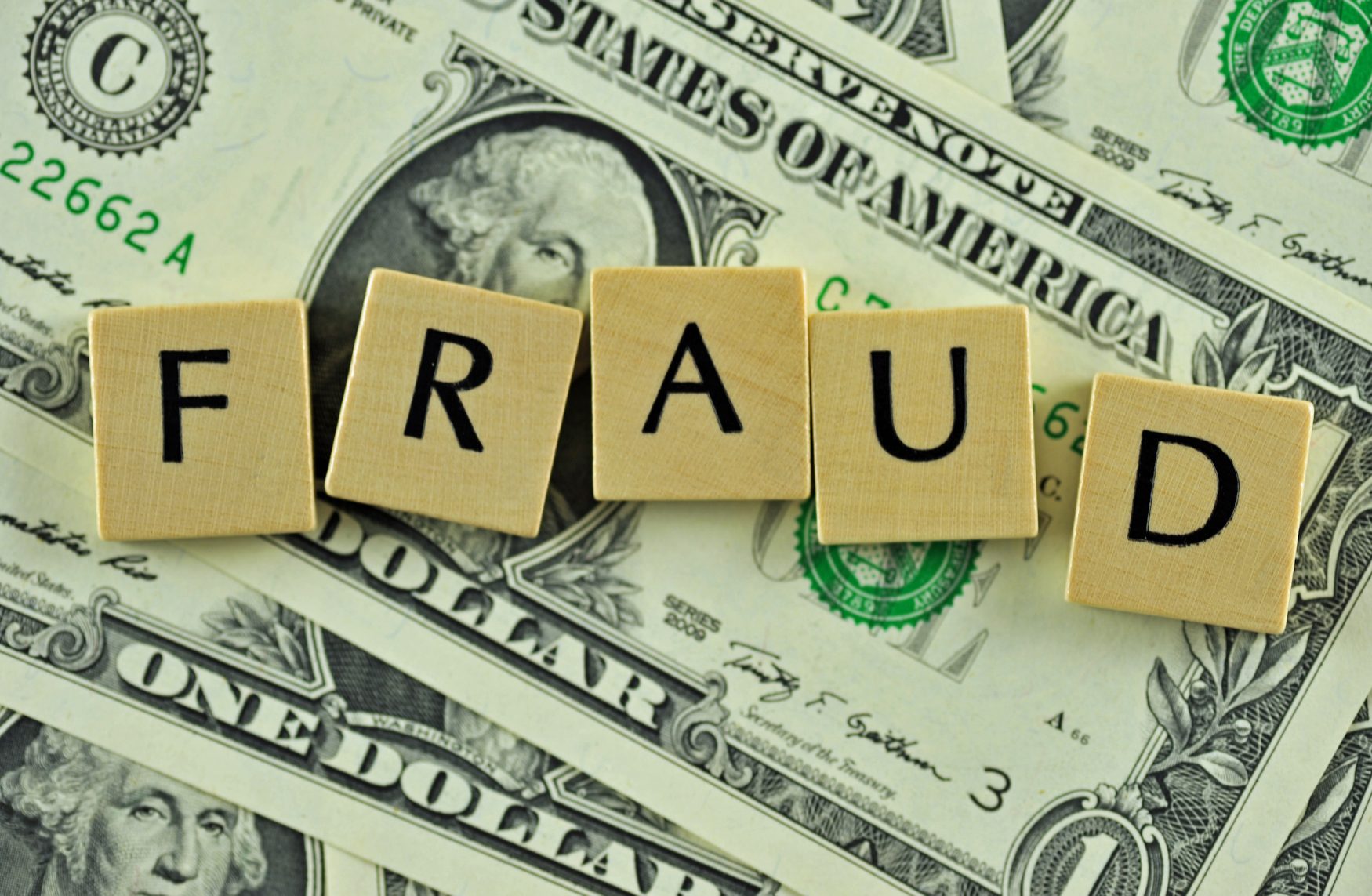
History of the Federal Reserve Fraud
The History of the Federal Reserve Fraud is Filled With Political Pressure and Corporate Corruption at the Hands of the Global Elite Who Own the Fed.
Few understand the history of the Federal Reserve fraud.
The Federal Reserve is a private company, not affiliated with the government, it is owned and run by private international bankers, and is the strongest financial cartel in world history.
The primary business of the Federal Reserve and its twelve member banks is to print currency, lend it to the government and charge the government interest on these loans.
Although this is a private corporation and not a government entity, the Fed pays no income tax and has never been audited in the entire history of the Federal Reserve fraud.
The debate about the virtue of having a private federal banking system is as old as the nation.
The history of the Federal Reserve fraud began long before the inception of the Fed; with two previous failed attempts at the creation of a central bank.
The Founding Fathers had very different ideas on the subject, with Alexander Hamilton the biggest proponent of a federal bank.
Thomas Jefferson believed a federal bank was more dangerous than a standing army, saying,
“If the American people ever allow private banks to control the issue of their currency, first by inflation then by deflation, the banks and corporations that will grow up around them will deprive the people of all property until their children wake up homeless on the continent their fathers conquered.”
Article 1 Section 8 of the United States Constitution states: “Only Congress shall have the power to create money and regulate the value thereof”.
According to our own Constitution, the Federal Reserve Bank and its predecessors should never have been brought into existence.
The First Attempt
The first private Federal Bank was chartered by Congress in 1789.
Congress voted not to renew the charter of the Federal Bank in 1811, after problems with corruption became evident.
President Madison was also in favor of the federal bank and proposed the second incarnation, the Central Bank, which was chartered in 1816.
The second time in the history of the Federal Reserve fraud, it took President Andrew Jackson taking on the task of getting rid of the Central Bank, an already powerful force in the country.
He said prior to the closing of the bank,
“You are a den of vipers and thieves. I intend to rout you out and by the eternal God I will rout you out.”
Return of the Big Bankers
The third system has been the longest lasting, the current Federal Reserve Bank, which was signed into law by Woodrow Wilson in 1913.
Wilson signed the legislation in return for financial support for his campaign from bankers.
The legislation for the Federal Reserve was written on JP Morgan’s island by a group of powerful bankers, including Morgan, Rockefeller, Warburg and Rothschild.
It was pushed through Congress when most members were gone on Christmas break.
Wilson is widely reported to have soon regretted selling out the country in return for winning the presidency.
He is reported to have said,
“I have unwittingly ruined my country.”
Throughout its history, the Federal Reserve and the central banking systems that preceded it have resulted in periods of economic uncertainty, inflation, deflation and economic collapse.
Beginning soon after its inception, the Federal Reserve began to manipulate the flow of money to increase inflation and interest rates.
The money supply of the country was doubled in a five year period.
In 1920, the Federal Reserve called in the outstanding money supply, causing the collapse of over 5400 banks, not part of the Federal Reserve System.
Over the next eight years, the money supply was deliberately increased by 62%, largely through margin loans on stock purchases.
When the bankers began to call in the loans en masse, it triggered the great depression.
Federal Reserve Opponents
At this point, the fraud began to be understood by astute members of Congress, including Charles Lindbergh and Louis McFadden.
Other notable politicians warning about the Federal Reserve included John F. Kennedy, and current Congressman Ron Paul.
Congressman Louis McFadden was perhaps the most outspoken opponent to the Federal Reserve.
He began impeachment proceedings against the board at the beginning of the Great Depression.
McFadden was fatally poisoned in the third attempt on his life. Controversy continues to surround his death.
In 1933, the Federal Reserve lobbied for the removal of the Gold Standard.
The legislation required citizens to turn over all gold bullion.
This action was considered by many to be no more than a last grab at the wealth of the ordinary citizen.
Today, the history of the Federal Reserve fraud continues to be written by descendents of the founders.
Some of the central banks controlling the Federal Reserve include the Rothschild Bank of London and Berlin, and Warburg Banks of Hamburg and Amsterdam, Chase Manhattan Bank of New York.
A few of the names sound particularly familiar in light of the recent economic melt down, including Lehman Brothers and Goldman Sachs.

 My First Amazing Ayahuasca Experience
My First Amazing Ayahuasca Experience  Pine Needle Tea
Pine Needle Tea  The REAL Controllers of Humanity: The Papal Bloodlines
The REAL Controllers of Humanity: The Papal Bloodlines  Is it Global Warming or Cooling?
Is it Global Warming or Cooling?  Gun Rights and Obama Examined
Gun Rights and Obama Examined